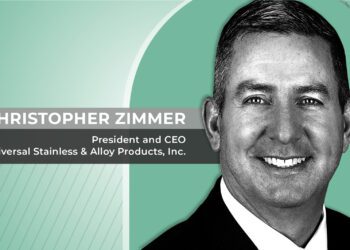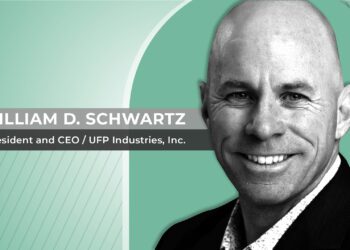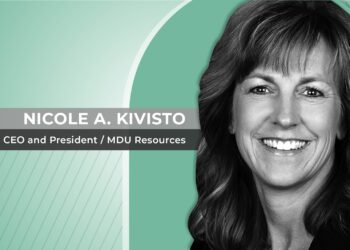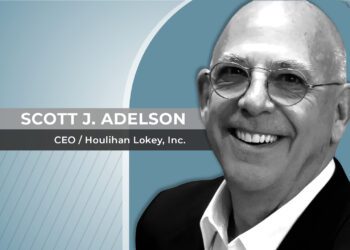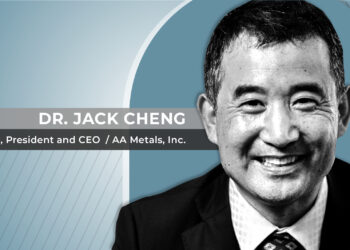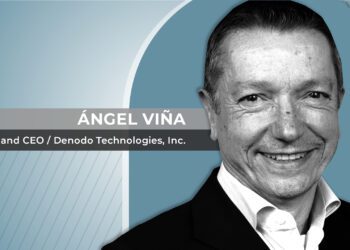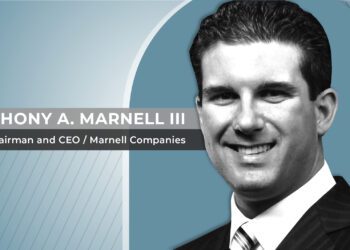For CEO Mark Zeffiro, tradition and innovation have turned Horizon into a leader of the industry.
Many of the companies that came together to create the Horizon Global Corporation in 2015 have a many-decade history as family-owned, family-run businesses.
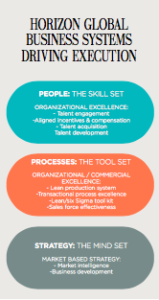

For CEO Mark Zeffiro, this sense of tradition is a key element behind the philosophy of continuous improvement that drives Horizon’s success, yet when he took charge, the same year that the company became a stand-alone, publicly traded entity, his goal was to look to the future and the immense opportunities that lay ahead of the company globally.
“Any spin from another public entity comes with the pent-up need and desire to establish a relevance for itself,” Zeffiro explained. “What I saw was an underutilized set of businesses that really had the opportunity to be a global leader in its space.”
Horizon Global is the world’s leading designer, manufacturer, and distributor of towing, trailering, cargo equipment, and related products in North America, Australia, and Europe, operating through three segments: Horizon Americas, Horizon Asia-Pacific, and Horizon Europe-Africa. Its products are designed to support original equipment manufacturers (OEMs), original equipment suppliers (OESs), and aftermarket and retail customers within the agricultural, automotive, construction, horse/livestock, industrial, marine, military, recreational, trailer, and utility markets.
“When we spun public in 2015, we were a business worth between $500-600 million per year, but although we had clear leadership positions in the U.S. and Asia, we didn’t have any real relevance in Europe,” said Zeffiro. “For us, the strategic opportunities ahead of us were to become relevant in Europe, but also to grow globally with our customers.”
The right mix of tradition and innovation
For Zeffiro, Horizon Global’s advantages in the marketplace were precisely the combination its historical brand position, which included respected names such as BULLDOG, Draw-Tite, and Fulton, and a deep hunger for innovation: a crucial element for success in an industry facing new technological challenges.
“There are a couple of key factors behind the advantage we hold over our competition,” he explained. “Firstly, our global vehicles versus a decade ago are a reality. There isn’t anybody positioned to be able to satisfy those needs like we are. Number two is product design and product innovation.
Key to Horizon’s future plans is the recently announced agreement to acquire the Brink Group, a leading manufacturer of towbars, wiring kits, and towing accessories based in Amsterdam, with annual revenues of approximately $150 million and more than 75 years of experience in the industry. Zeffiro believes that the acquisition will strongly enhance the company’s ability to provide global solutions to its customers and end users.
Another key recent acquisition for Horizon was that of Westfalia-Automotive and Terwa, collectively known as Westfalia, a German-based market leader in towing and trailering products. The two businesses were acquired from an investor consortium led by DPE Deutsche Private Equity, which is now a shareholder of Horizon Global.
“We were thrilled to add Westfalia’s iconic brands, design innovation, and manufacturing expertise to our proven global platform,” Zeffiro said of the acquisition. “Incorporating Westfalia into the Horizon Global family greatly complements our business and adds to a powerful portfolio of companies that are established, global market leaders and innovators, allowing us to provide a broadened product offering to both new and current customer channels.”
The importance of supply chain
For a company like Horizon, strategic alliances with its suppliers are crucial to success. The company procures goods and services in the fields of both transportation and logistics, enabling it to move its products around the world as well as round out its product set with the help of low-cost manufacturing facilities and partners in China, Mexico, and Eastern Europe.
“Our strategic partnerships are based on technology and core input cost,” he said. “There are two things that are hard to replicate. One is speed, the other is company culture. Having the right machinery at the right time at the right location for our customers is essential because our market space moves very quickly.
“What we’re able to do as a result of a more efficient supply chain is deploy less cash into inventory and more in terms of other investments to generate productivity.”


